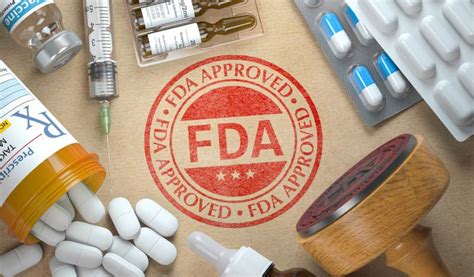In recent times, the role of the FDA in the approval process of new medications has incited fervent debate within the pharmaceutical and healthcare communities. A prominent case that has brought this to the forefront is the controversy surrounding the approval of a Sarepta drug aimed at treating Duchenne muscular dystrophy (DMD). This debate casts a bright light on the intrinsic conflict between upholding rigorous scientific validation and addressing the desperate needs of patients facing terminal conditions.
One of the primary criticisms leveraged at the FDA stems from what detractors perceive as inconsistent and opaque decision-making processes. The Sarepta case exemplifies this; despite the clinical trial failing to demonstrate a significant improvement in muscle function compared to a placebo, internal override led to the approval. The decision sparked outrage among many professionals who argue that such actions undermine the credibility of the FDA. What remains troubling is that this kind of override may be symptomatic of deeper issues within the regulatory framework. Critics argue that if the FDA disregards its panels and review teams, especially against substantial negative data, it opens the door to potential corruption and preferential treatment.
Supporters of the FDA’s discretionary powers, however, contend that the bureaucratic structure and stringent clinical trial requirements can sometimes hinder the availability of life-saving treatments. In scenarios where no treatments exist, and patients are left with no viable options, these supporters suggest a more flexible approach that allows for expanded patient access. This argument posits that the FDA should act as a facilitator rather than a gatekeeper, allowing patients to take informed risks concerning their health. The sentiment echoes the broader patient autonomy campaign, where individuals demand the right to make choices about their treatments, even in the face of uncertainty.
However, there’s a fine line between offering hope and delivering false promises. The potential danger lies in bypassing rigorous testing, leading to the market saturation of ineffective or harmful treatments. The analogy often drawn is to the supplement industry, where products are sold with lofty claims but little scientific backing. This scenario underscores the danger of eroding the FDA’s credibility and potentially putting patients at greater risk. As several commenters noted, the approval of unproven treatments not only jeopardizes patient safety but can also discourage legitimate pharmaceutical research and innovation, diverting much-needed funds and attention from promising therapies.
Several experts have suggested reforming the approval process to balance these dichotomous needs better. Proposals range from creating a new category of conditional approvals for drugs that exhibit potential yet lack conclusive evidence, to harmonizing global regulatory standards. By accepting drugs approved in other stringent regulatory environments like the EU or Japan, the FDA could alleviate some burdens of redundant trials. This can streamline the process while maintaining a high standard of care. Another idea involves a performance-based reimbursement model, where drug manufacturers are financially incentivized based on their product’s actual performance in real-world conditions. Such a model could harness market forces to ensure that only effective treatments proliferate.
Ultimately, the crux of the issue lies in safeguarding patient welfare while ensuring access to potentially transformative treatments. It is evident that any shift in regulatory policies must be meticulously developed with substantial stakeholder input, maintaining transparency and accountability. Balancing these needs is essential to foster a healthcare environment where innovation thrives while patient safety remains paramount.


Leave a Reply